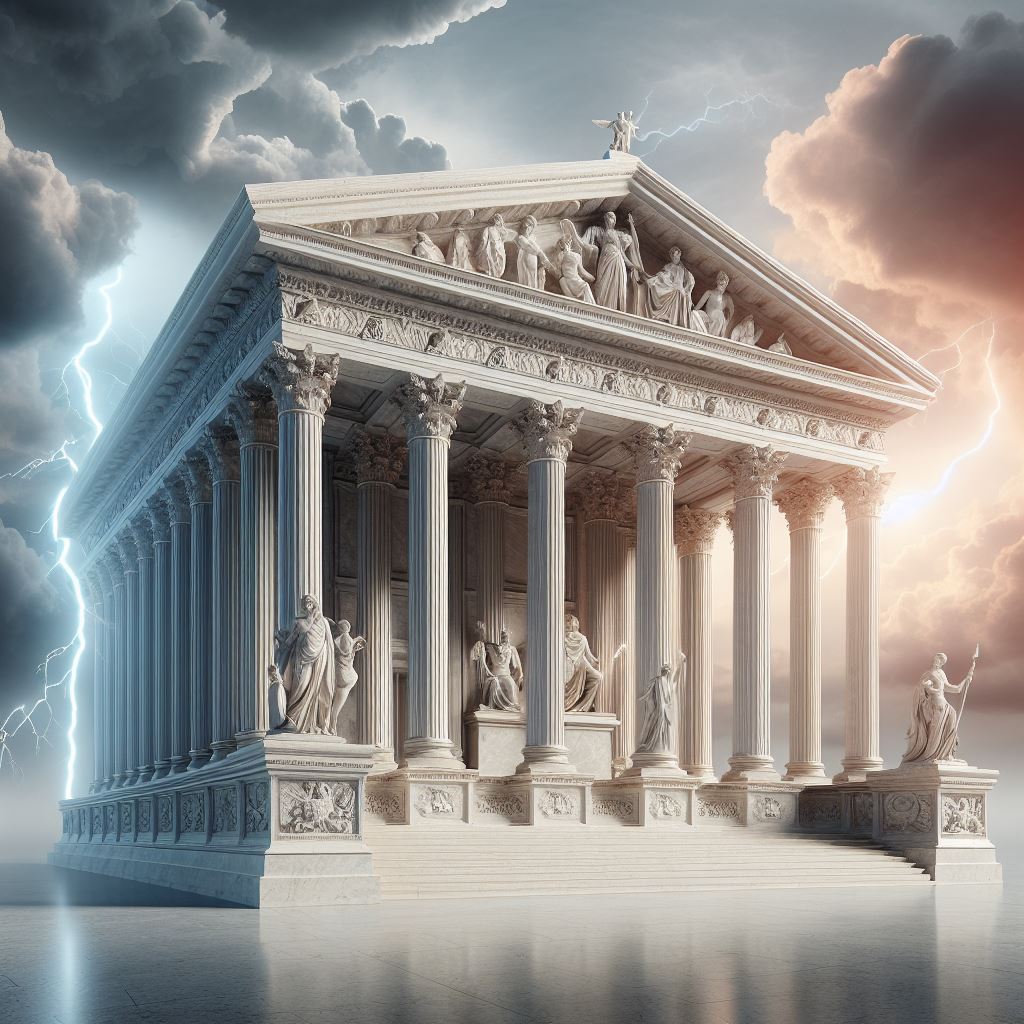In the vast expanse of history, few periods rival the grandeur and complexity of Roman civilization. Among the many facets of their culture, religion in Roman times stood as a cornerstone, shaping daily life, politics, and social structures. Let’s delve into the fascinating world of religion in Roman times to uncover its beliefs, practices, and significance.

The Pantheon of Roman Gods: A Multitude of Deities
Central to religion in Roman times was the pantheon of gods and goddesses, each representing various aspects of life and nature. From mighty Jupiter, the king of gods, to Venus, the goddess of love and beauty, Romans worshipped a diverse array of deities. Their gods mirrored human virtues and vices, making them relatable figures in the eyes of the people.
Religious Rituals and Offerings: Honoring the Divine
Religious rituals played a crucial role in Roman society, serving as a means to communicate with the divine and seek favor or protection. Priests, known as pontiffs, oversaw these rituals, ensuring their proper execution. Offerings of food, wine, and incense were common, symbolizing gratitude and reverence towards the gods.
Temples and Sacred Sites: Homes for the Divine
Throughout the Roman Empire, temples dedicated to various gods dotted the landscape, serving as focal points for religious activity. Magnificent structures adorned with intricate sculptures and adorned with lavish decorations, these temples were more than mere buildings; they were believed to house the presence of the gods themselves. Pilgrims flocked to sacred sites, seeking blessings and guidance from the divine.
Festivals and Celebrations: Commemorating Divine Grace
Festivals held a special place in religion in Roman times, offering moments of joy, reflection, and communal bonding. From the elaborate festivities of Saturnalia, honoring the god Saturn, to the solemn rites of the Lupercalia, celebrating fertility and purification, these events punctuated the Roman calendar, uniting people in shared devotion and celebration.
Religious Syncretism: Blending Beliefs and Cultures
One striking aspect of religion in Roman times was its propensity for syncretism, the merging of beliefs from different cultures. As the empire expanded, it absorbed diverse religious traditions, incorporating them into its own pantheon. This syncretic approach resulted in the assimilation of gods and rituals from conquered territories, enriching the tapestry of Roman religious life.
Divine Imperial Cult: Worship of the Emperor
In addition to traditional gods, religion in Roman times also included the veneration of the emperor as a divine figure. Emperors were often deified after their death, with temples and cults dedicated to their worship. This practice served not only to legitimize imperial power but also to foster loyalty and obedience among the populace.
Challenges to Traditional Religion: Rise of Christianity
Despite the enduring influence of traditional Roman religion, the empire witnessed the rise of Christianity, a monotheistic faith that challenged established beliefs and practices. Initially viewed with suspicion by authorities, Christianity gradually gained followers, ultimately becoming the official religion of the Roman Empire under Emperor Constantine in the 4th century AD.
Legacy of Roman Religion: Enduring Influence
Though the Roman Empire may have fallen, its religious legacy lives on, echoing through the annals of history and shaping the world we inhabit today. From the architectural marvels of ancient temples to the cultural remnants of festival traditions, the influence of religion in Roman times persists, reminding us of the enduring power of faith and devotion.